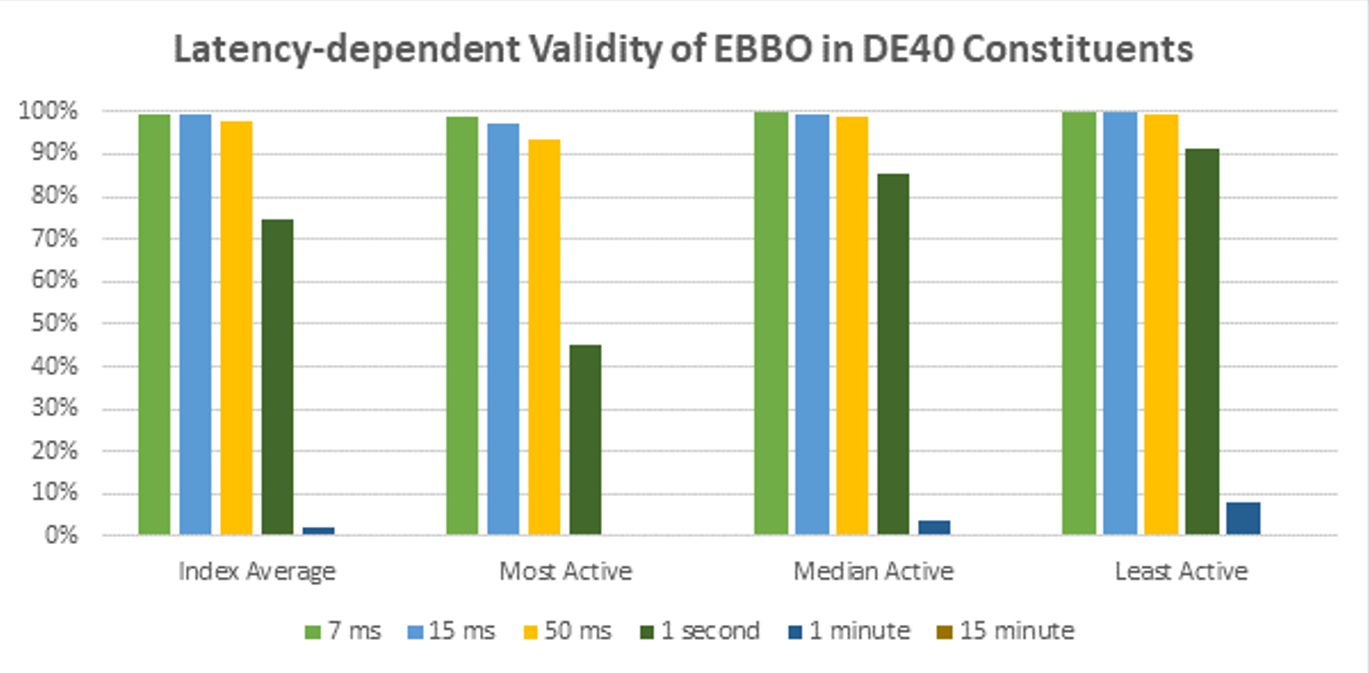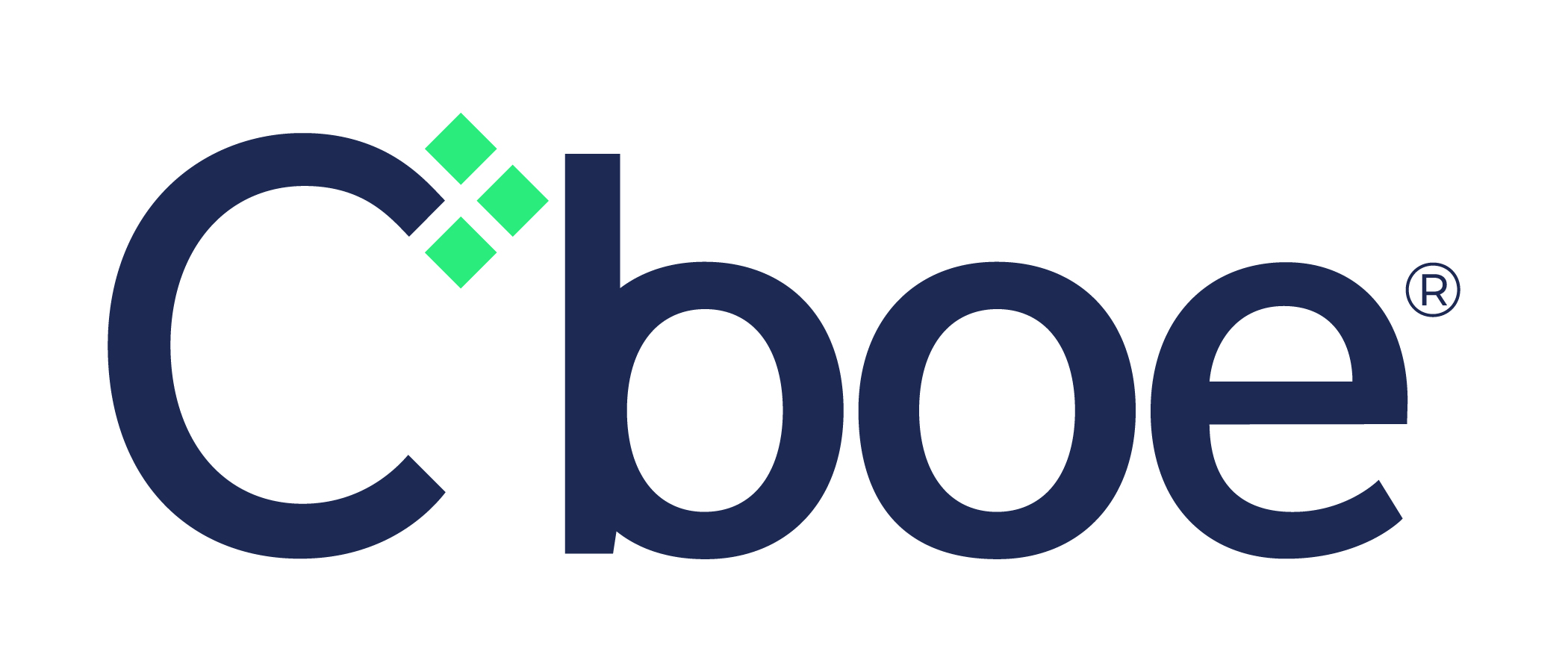EU policymakers met last week to begin thrashing out a final framework for the MiFIR review and one of the most hotly debated topics will be what type of consolidated tape to implement in equity markets.
Make no mistake about it; the decision they make will shape the future attractiveness of EU equity markets – lighting the fuse for an explosion of growth or preserving a status quo of stagnating volumes and investment.
After de-mutualised and newly for-profit exchanges began raising fees in the early 2000s, Europe introduced competition amongst trading venues in 2007 with MiFID I. The benefits of venue competition – in terms of trading fees and product innovation – have been undeniable.
But the absence of a consolidated tape means that data must still be purchased from each venue individually, allowing venues to progressively raise data costs through higher explicit fees and more restrictive licensing terms.
This cost and complexity means the majority of market participants ration access to real-time data – overlooking entire countries or venues – meaning investors are not seeing the full picture of European liquidity.
The purpose of a consolidated tape is to make pan-European data available under a single, simplified license structure, encouraging investors to see the EU as a single investable universe and thereby encouraging growth. Getting the consolidated tape right can help Europe catch up with developed markets in the US and Asia, where liquidity and trading volumes have surged.
Recognising the problem, the EU tried to introduce a consolidated tape as part of MiFID II in 2018, to create an alternative source of data alongside direct exchange data-feeds. But the effort failed because incumbent exchanges, which see a consolidated tape as a threat to their control over data licensing and pricing, were not actually required to contribute their data.
Now, as part of the MiFID review, venues are to be mandated to do so – with a possible opt-out for smaller independent exchanges.
But what type of tape will it be?
Cboe Europe – and almost all major consumers of data – believes a real-time pre- and post-trade consolidated, as proposed by the European Parliament, is the only credible option on the table.
Other options being contemplated – a post-trade tape containing only transactions, or a post-trade tape including delayed (stale) quotes – do not have enough use cases to be commercially viable and hence cannot unlock the growth Europe desperately needs.
Whilst direct trading participants will naturally continue to purchase the lowest latency direct exchange feeds, the investor community want choice and competition between direct feeds that must be purchased individually and a consolidated tape that allows all of Europe to be purchased under a single license.
Meeting that investor need, ensuring investors can see the full picture of European liquidity, is the key to unlocking growth in European equities and ETFs.
Keen to avoid the introduction of this competition in data provision, incumbent exchanges have lobbied energetically to limit the ambition and usefulness of the tape – mounting a rearguard action that has included proposals for a delayed tape, a post-trade tape of trades without quotes and most recently have sought to sow confusion with arguments that a real-time pre-trade tape is “technically impossible”, would “introduce latency arbitrage”, “would be bad for retail investors” and even that it would “encourage dark trading”.
But these arguments do not stand up to scrutiny.
Let us start with the one that geographic latency means a tape is “technically impossible”. Cboe Europe’s recently published analysis shows that, for the vast majority of stocks in the EU, a European Best Bid and Offer (EBBO) would accurately reflect the current bid/offer prices more than 98% of the time, even with latency of 50ms (see Chart 1). The full analysis and methodology can be viewed here.
Chart 1

Why is this so important?
Because, rather than distorting markets – as incumbent exchanges claim – it proves a pre-trade tape would be a reliable source of the current price and therefore would be of huge value to investors of all types.
Furthermore, the tape would not cause latency arbitrage as claimed. Latency arbitrage already exists today, but what is missing is the transparency to know if you are suffering from it, which a pre-trade consolidated tape will help address.
The post-trade EBBO “snapshot” model – proposed by the European Council and endorsed by national exchanges – where an EBBO quote is published only with each trade, reflecting the prevailing EBBO immediately before the trade, would see less than a quarter of all EBBO price changes published, would only be an accurate guide to the current price 14% of the time, so would paint a misleading picture.
The choice facing EU policymakers is therefore a stark one between siding with the national exchanges by opting for a tape that is doomed to fail and submitting Europe to another decade of stagnated growth or pursue an ambitious real-time pre- and post-trade tape that will help to promote investment on a pan-European basis and grow the market for the benefit of all participants.
Natan Tiefenbrun is president of Cboe Europe



